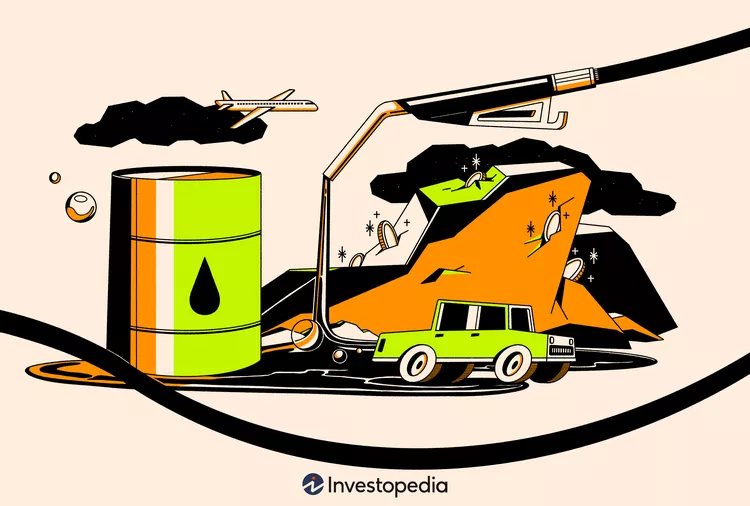KEY TAKEWAYS
- A decision by OPEC+ to possibly boost production sooner than expected and diverging demand forecasts could hold oil prices down in the second half of the year.
- The U.S. Energy Information Administration recently lowered projections for Brent crude oil prices this year. The International Energy Agency also cut its demand forecast.
- For consumers, OPEC+ raising production could help keep a lid on gasoline prices that have declined recently.
A few weeks ago, many energy industry analysts expected global oil prices would rebound in the second half of this year, with Brent crude rising above $90 a barrel or higher, but that changed after the Organization for Petroleum Exporting Countries (OPEC+) announced earlier this month that it would begin lifting current production limits by October—sooner than many anticipated.
The potential for additional supplies hitting the global market sooner than expected sent oil prices lower following the announcement. Even as Brent crude recently climbed back above $85 a barrel, the news altered the global oil market equation for the second half of the year.
“The fact that [the OPEC+ announcement] caught the market off guard obviously has caused a depression in oil prices,” said Mark Luschini, chief investment strategist with Janney Montgomery Scott, “and probably deservedly so.”
For consumers, the OPEC+ decision to raise production limits could keep a lid on gasoline prices. For businesses, costs of oil-based input could also be held in check, contributing to easing inflationary pressures.
Recalibrating Expectations
Count Luschini among the analysts who foresaw a second-half rebound in prices. Prices for Brent crude had surged 20% from the beginning of the year through mid-April, to as high as $93 per barrel, before falling below $80 in late May.
But a sturdier-than-expected global economy and the outlook for future price-friendly interest rate cuts by global central banks and the Federal Reserve led many analysts to regard that slide as a short-term blip.
“Global economic activity is percolating at a better rate than thought going into the year,” Luschini said, noting pockets of growth outside of the U.S. and stabilization in China’s economy.
However, the Fed may not cut rates as soon as analysts previously anticipated, with most Fed governors now expecting just one rate cut this year, while many analysts had anticipated multiple cuts entering the year.
With shifting expectations of when the Fed might cut rates, and potential output increases by OPEC+ in the fourth quarter, Luschini has tempered his oil-price expectations for the second half of the year to $80-$85 per barrel.
Oil accounts for about half the price of U.S. gasoline, with the average price dropping 15 cents per gallon in the past month to $3.55 per gallon. Typically, gas prices rise as the summer vacation season approaches, but OPEC+’s production announcement may mitigate the usual summer surge.
Diverging Demand Forecasts Could Also Influence Prices
Luschini’s not the only one backing off a more rosy second-half forecast for oil prices.
The U.S. Energy Information Administration (EIA) earlier this month reduced its forecast for average Brent crude prices this year to $84 from $88 per barrel. A day later, the International Energy Agency (IEA) cut its forecast for global oil demand growth this year by 100,000 barrels per day to 960,000.
Diverging demand forecasts could also serve to keep prices in check as they influence decision-making. OPEC, for instance, maintains global demand will rise 2.2 million barrels per day this year—more than double IEA’s estimate. The group’s optimism guided its decision to roll back production limits.
Meanwhile, J.P. Morgan analysts suggested that a number of OPEC countries have already exceed their stated production limits, and seasonal demand could push crude oil demand up by 4 million barrels per day through August, reducing current global inventories.
“Fundamentally, summer inventory draws should be enough to get Brent oil back into the high $80s-$90 range by September,” the report said.
Jefferies isn’t so sure, based on its recent global energy market report. Its $84 price forecast reflects what it sees as fading geopolitical concerns, weakening diesel consumption in Europe, and an economic slowdown in the U.S.
The IEA also projects annual global investment on clean energy will be double that of investment in fossil fuels in 2024, potentially further limiting oil’s upside.



